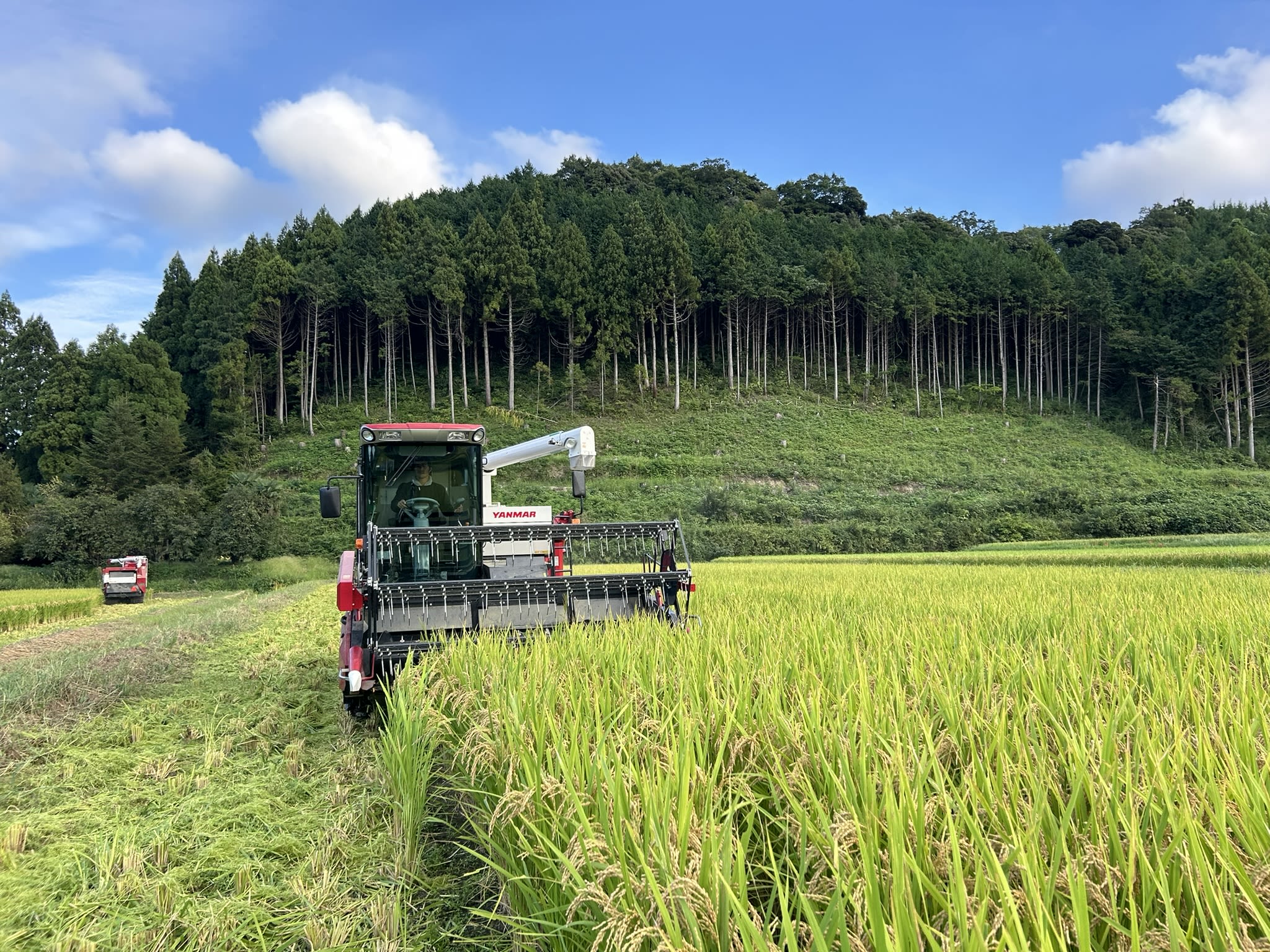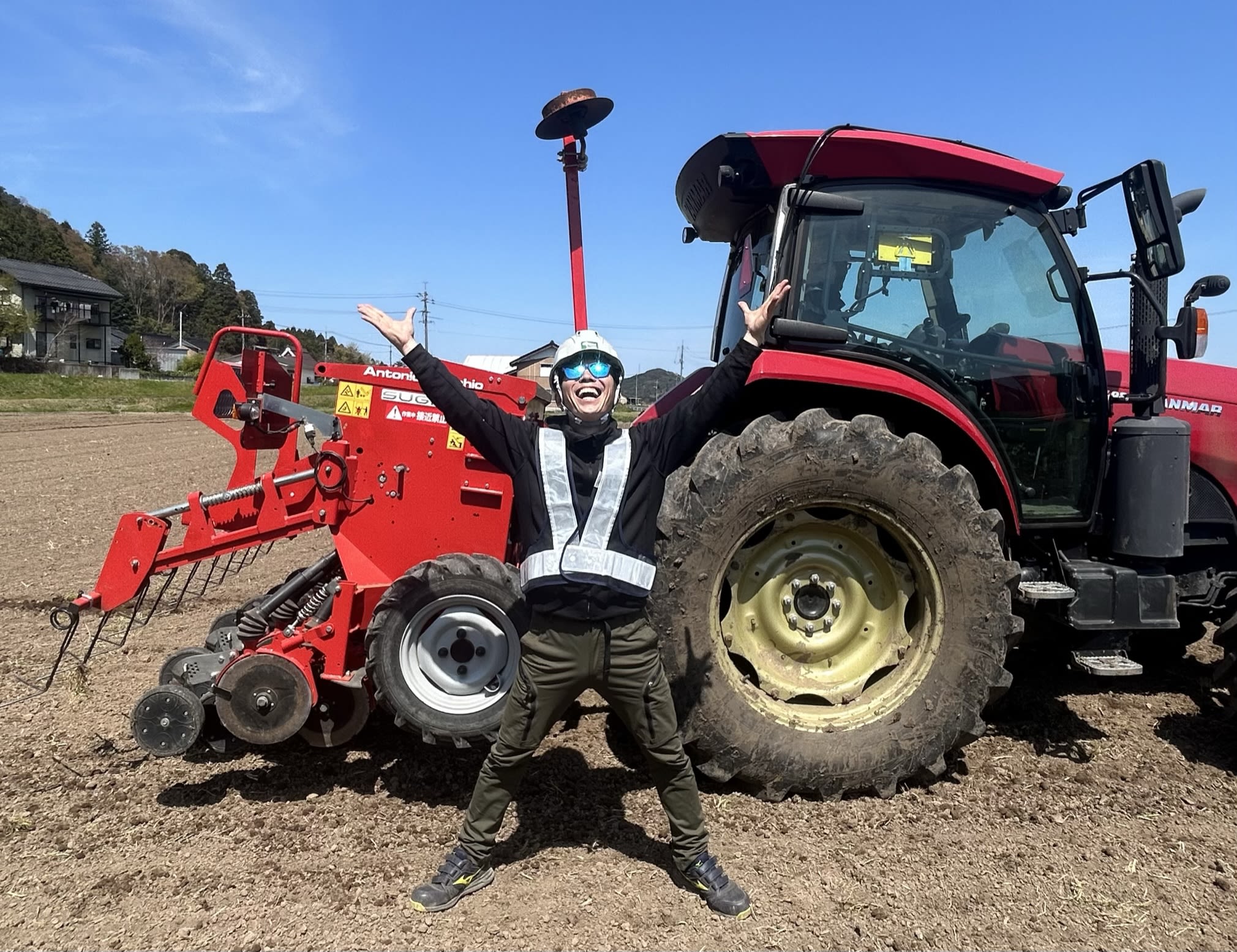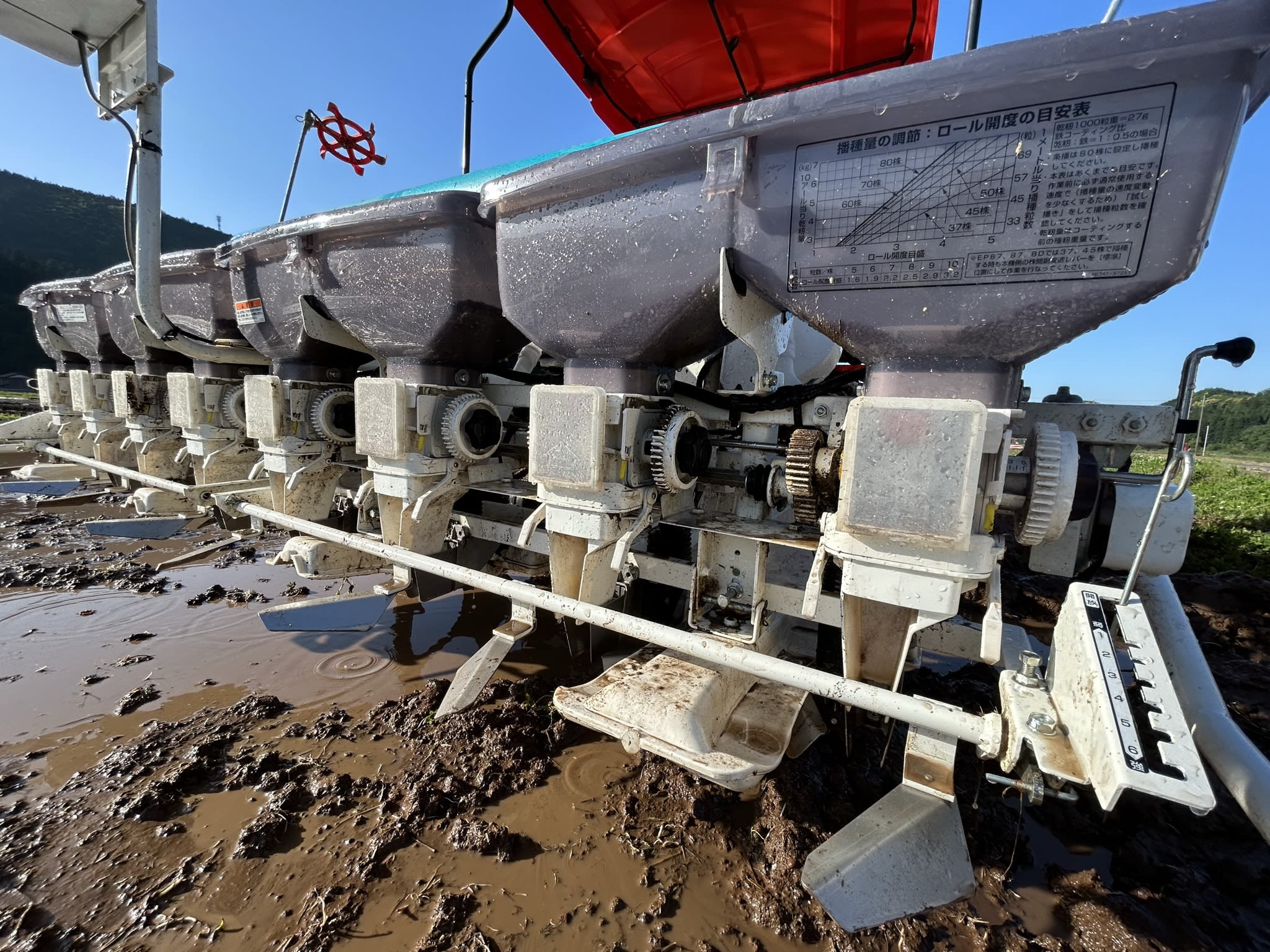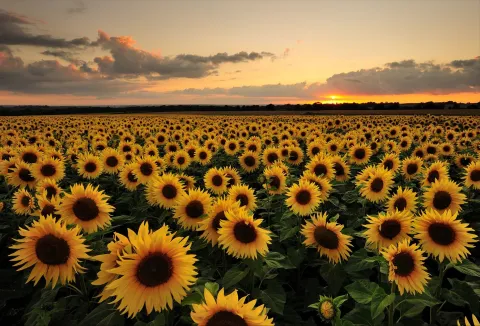A new vision for Japan’s rice fields
Transforming rice farming with new technology - and the power of rock n' roll

If you watch one of his many videos on YouTube, Shuichi Tokumoto might first seem like many other farmers across the world – working out in the fields in his overalls, boots and hat.
But when he picks up his bright red flying v guitar and launches into a classic rock song about the importance of no-till farming while standing on the roof of a large tractor it becomes clear he is one of a kind.
Shuichi Tokumoto's videos combine his passion for music and sustainable farming - and have brought him a worldwide audience.


A unique approach
In the world of Japanese agriculture, Tokumoto has emerged as one of the most influential farmers in the country. Through his popular YouTube channel with more than 50,000 subscribers, he champions the latest farming innovations and has become a global advocate for the importance of no-till practices. As a result, his YouTube channel has racked up more than 16 million views from across the world.
His unique approach of combining agricultural expertise with rock and roll showmanship celebrates farmers while spreading knowledge about sustainable farming practices.
Coming into farming after a career that includes being a firefighter, a professional singer and a leader at an IT start-up, Tokumoto isn’t from a traditional agricultural background.
“There was a huge turning point in my life with the birth of my children, and at that moment I started considering a more nature-friendly way of life. So, I started thinking about growing my own crops,” he says.
From this humble start, Tokumoto’s farm in the south of Japan near the city of Tottori has grown to span over 100 hectares, producing rice and buckwheat using innovative, environmentally-friendly techniques.
Tokumoto’s approach to rice cultivation is an example of his forward-thinking mindset. Traditional rice cultivation depends on flooding paddies, but this is resource intensive. As weather patterns shift and the dry season in Japan gets longer, using large amounts of water isn’t sustainable.
Direct seeding
This is why Tokumoto practices direct seeding. Using this technique farmers plant directly in their soil rather than leaving rice to grow in the shelter of a nursery and then transplanting them into their field.
“Starting as a new farmer I used the transplantation method because this is what I was told – but to me, it’s not innovative and when I started to look at things logically it was clear direct seeding was better for my farm,” he explains.
The transition to direct seeding isn't without challenges. The technique can leave rice plants more vulnerable, with weeds easily growing in fields that have lower water levels. Disease and pest pressure also need careful management. However, these challenges are precisely what makes innovative solutions crucial.
Shinji Fujimaki, Syngenta’s Crop Manager for Rice in Japan, emphasizes the urgent need for change. He says: “Transplantation has high costs and high labor demands – neither are good when facing shortages – so there is an urgent need to change practices and move towards direct seeding.”
Meeting the needs of the grower
Identifying this need led Syngenta to introduce RISOCARE®, a seed treatment that offers “a breakthrough designed to make direct seeding easier for growers to implement on their farms,” says Fujimaki.
With RISOCARE®, farmers can go straight to the planting stage instead of worrying about getting their seeds, applying crop protection coatings and transplanting young plants from the nursery. By streamlining the process, RISOCARE® frees up farmers like Tokumoto to put their time, energy and resources into better ways of working.
The seed coating includes three crucial components – a material supporting germination, plus fungicide and insecticide protection against yield-threatening pests and diseases. It is optimized for wet direct seeding but can adapt to a range of variability factors in the field.
RISOCARE® seeds being loaded into a planter for direct seeding in the field.
RISOCARE® seeds being loaded into a planter for direct seeding in the field.
“My field is considered as one that holds water pretty well, so we use water direct sowing,” says Tokumoto. “The first year I tested it out on just a section to see how it performed. I found it fit my conditions perfectly and decided to commit fully to RISOCARE® on all my fields the next year.”
For Tokumoto, embracing new technologies goes hand in hand with regenerative practices. He advocates for satellite imaging technology to help farmers better understand their fields and make informed decisions about future crops.
He says: “The other is no-till – a very important way for farmers to help increase the quality of their soil and boost their productivity. Any technology that helps support no-till farming I strongly recommend to farmers.”
New technologies and innovations are crucial to the future of Japanese agriculture.
New technologies and innovations are crucial to the future of Japanese agriculture.
Tokumoto sees innovations like RISOCARE® as more than increasing productivity or making a farmer’s hard day a little less labor intensive. Rather, it’s part of a bigger mission.
“As a farmer, I have a responsibility to try and help support better food production for every single person,” he says. “When we talk about new technology, we must be logical and evidence driven to see what's the best practice.”
This is something he puts into action too - explore his YouTube channel and you'll see that Tokumoto makes videos demonstrating the latest equipment such as drones for field spraying, the impact of new biologicals, or new rice planters, in order to pass on his valuable insights to farmers.
However, there’s still much to be done, and Tokumoto is committed to spreading knowledge through his unique combination of music and digital outreach.
“This is why I’m always trying to express myself either through my music or through information on my YouTube channel. I want to close the gap between farmers and the rest of society, spreading the word about how new innovations can help make better food for everyone,” he says.


